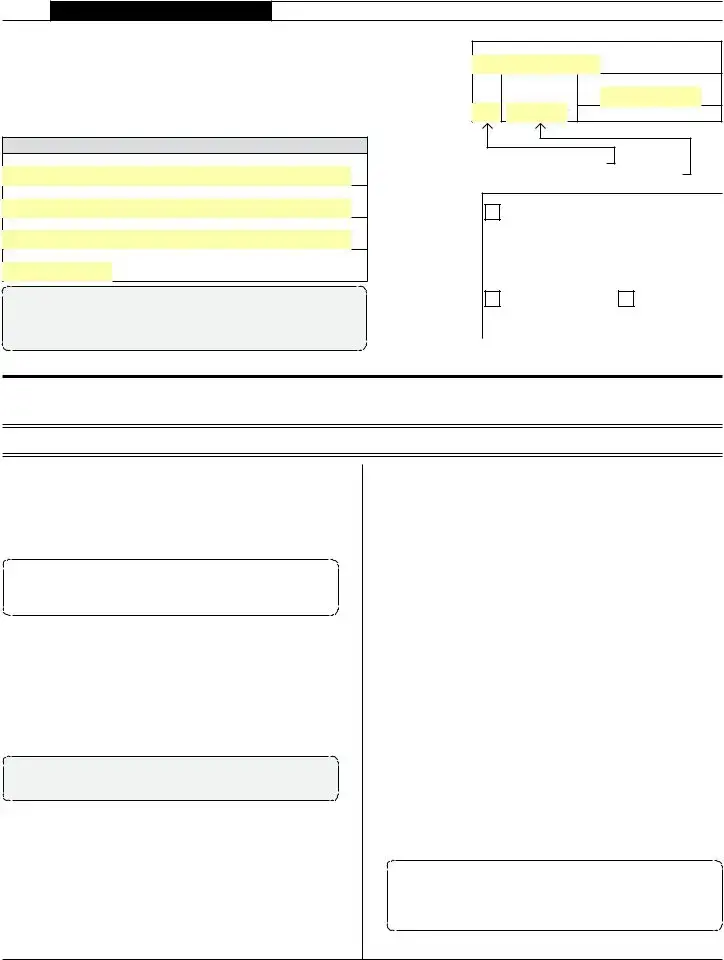The Federal Form 941, "Employer's Quarterly Federal Tax Return," shares similarities with the Arizona A1-WP form, as both are utilized for reporting and paying withholding taxes by the employer. Federal Form 941 is mandatory for most employers, requiring details similar to those on A1-WP, such as the employer's identification number (EIN), the amount of taxes withheld from employees' wages, and the total reported wages. The main difference is that Form 941 is filed with the Internal Revenue Service (IRS) and pertains to federal income tax, while A1-WP is specific to the state of Arizona.
Form W-2, "Wage and Tax Statement," also resembles the Arizona A1-WP but serves a different purpose. While the A1-WP form is used by employers to pay withheld taxes to the Arizona Department of Revenue, the W-2 form is issued by employers to their employees and the Social Security Administration, detailing the wages earned and taxes withheld during the year. Both documents are crucial for tax reporting and compliance and ensure accurate income reporting for employees.
Form W-3, "Transmittal of Wage and Tax Statements," is an accompanying document to Form W-2 and has similarities to Arizona's A1-WP in terms of function and purpose. Form W-3 summarizes the information on multiple Forms W-2 and is sent to the Social Security Administration. Like the A1-WP, it plays a vital role in the reporting process, albeit at the federal level, ensuring that the total amounts reported by the employer match the combined totals of all issued W-2 forms.
The Arizona Form A1-QRT, "Arizona Quarterly Withholding Tax Return," shares a specific similarity with the A1-WP form in that it is designed for reporting withholding taxes within Arizona. However, the A1-QRT is used to report the total amount of taxes withheld during the quarter, while the A1-WP is meant for making payments of those withheld taxes. Both forms are integral to the tax compliance process for employers within the state.
Electronic Funds Transfer (EFT) Program documentation for tax payments is akin to the A1-WP form in that both provide a method for employers to fulfill tax obligations. The EFT method is recommended for high-volume taxpayers or those mandated by law to use electronic means for payments, contrasting with A1-WP, which is used for physical payments. Despite their differences in form, the purpose of efficiently and securely transferring tax payments to the Arizona Department of Revenue unites them.
Form 1040-ES, "Estimated Tax for Individuals," while primarily for individual use, shares common ground with the A1-WP form in the concept of periodic tax payments. Individuals use Form 1040-ES to make estimated tax payments to the IRS, which is similar to how businesses use A1-WP to make withholding tax payments to the state. Both forms help in managing tax liability throughout the year to avoid underpayment penalties.
The Arizona Form A1-APR, "Annual Payment Withholding Tax Return," is directly related to the A1-WP form in its use for managing withholding taxes. The significant difference is in their application periods; A1-APR is utilized for annual reconciliation of Arizona withholding taxes, while A1-WP is used for payments during the quarter. These forms work together within the framework of Arizona's tax system to ensure employers accurately report and pay withheld taxes.
Finally, the Payment Voucher for EFT Payments or online payment confirmation receipts serve the same objective as the Arizona A1-WP form - they are proofs of payment. However, these are used specifically for electronic transactions. While A1-WP is a physical document accompanying mailed payments, EFT payment vouchers or online receipts validate electronic tax payments, showcasing how different payment methods are documented and processed by the Arizona Department of Revenue.
